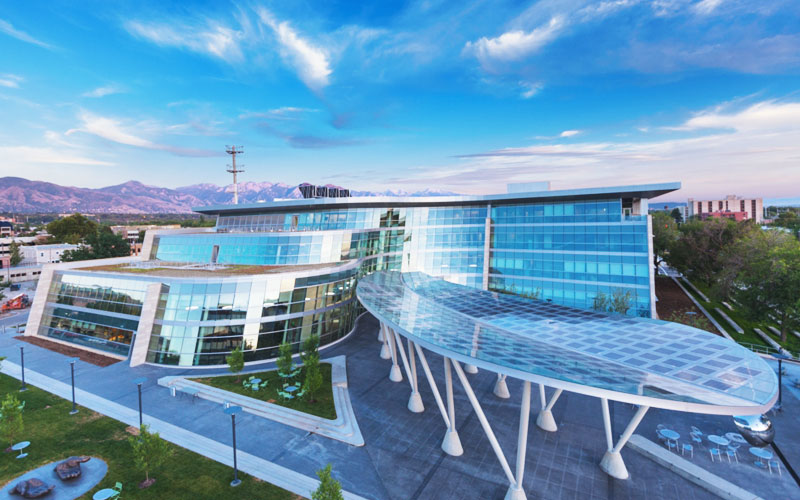As we design our proprietary national surveys each year, we discuss market intelligence needs with our Inner Circle members. This year, we heard the need for insights on building resiliency as a building design and product purchase driver.
(And just to level-set: resilient design is defined by the Resilient Design Institute as “the intentional design of buildings, landscapes, communities and regions in response to vulnerabilities to disaster and disruption of normal life.”)
Last April, design professionals and the major building industry associations and standards groups, including ASHRAE, BOMA and NAHB (representing 1.7 million construction firms), collaborated on an Industry Statement on Resilience in which they committed to “significantly improving the resilience of our nation’s buildings, infrastructure, public spaces and communities.”
LEED added 3 pilot credits related to resilient design last November. And just this past month, the American Institute of Architects announced the creation of a resilience curriculum for the professional development of architects.
So we included the topic of building resiliency, along with several features directly related to resiliency, in our new B2B Pulse 2016 study of over 500 business decision makers in the U.S. and Canada. We learned that this issue is, indeed, beginning to affect design thinking and product purchase priorities.
Specifically, building resiliency (which we defined in the questions in our survey as “built to withstand disasters and function during water/power outages”) was a “top ten” aspect of building performance and operations evaluation, with 30% rating it “very important.”
In addition, two specific building resiliency features were identified by more than one-third of business decision makers as being very important:
- Water conservation, including reclamation – 36%
- Energy storage/back-up power – 34%
Plus, 25% are including or planning to include a back-up generation system in facility construction, improvement or maintenance plans, and 18% said they were including a water supply/reclamation management system.
But we see interest going beyond a desire to avoid interruptions in the wake of a natural disaster. Responses indicate another (potentially stronger) driver at work: a desire for independence.
56% of North American business decision makers said that onsite renewable generation (wind, solar, etc.) was an important/very important aspect of building performance and operations, and 21% said they’re including solar panels in their facility construction and update plans.
Our soon-to-be-released U.S. study on community solar, funded through the DOE SunShot Initiative and sponsored by SEPA, confirmed that interest in solar energy is huge. It also confirmed that business decision makers are more likely to install their own rooftop solar (50%) than they are to participate in the community solar options we tested (39%) – even with realistic price points provided for all options.
These points all add up to a market opportunity for makers of solar, storage and back-up or standby power generation.
The points also reveal a troubling insight for electric utilities: Whether it’s grounded in increasing interest in building resilience or renewable energy generation, there is a growing desire to be less reliant upon electric utilities – both during occasional outages and over the longer term. Utilities, it’s time to get ahead of this mindset while you still can and offer the products and services needed to facilitate the shift and stay in the game.
And for all the designers, builders, technology innovators and building products manufacturers reading this: leverage this insight around independence and resiliency to its fullest extent in your product development and marketing efforts!
Image: The Salt Lake City Public Safety Building via Resilient Design Institute. This building was designed and constructed to be sustainable as well as resilient.


TAGS: Built Environment, Corporate Sustainability, Energy & Environmental Marketing
SHARE THIS: